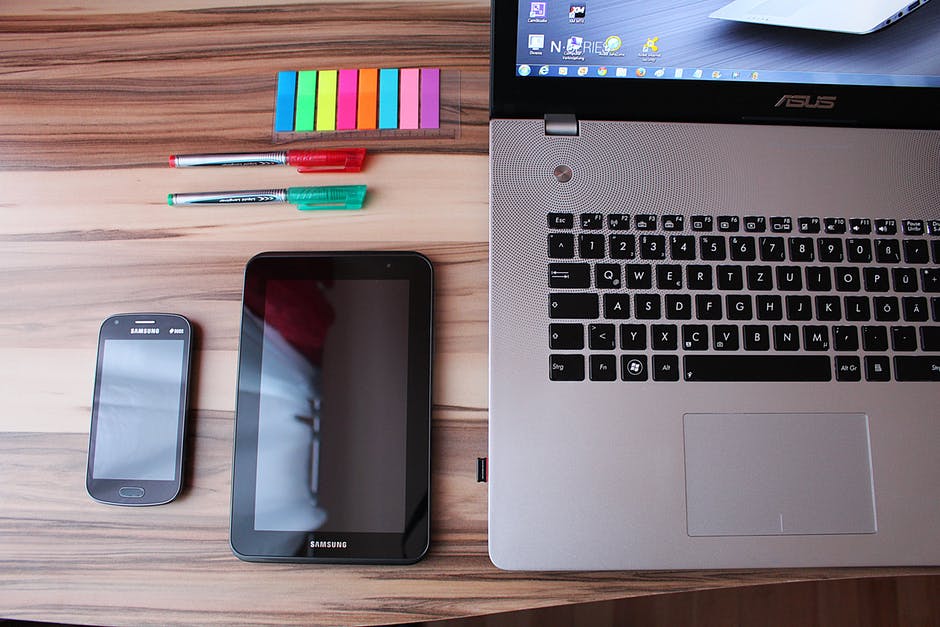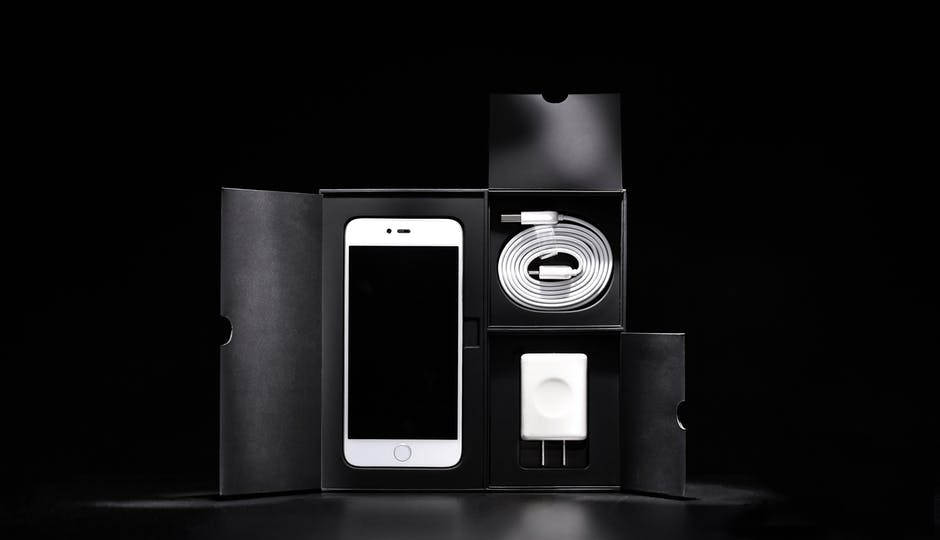
4 Interesting Types Of Phone Charger
 As technology progresses, we are seeing more and more ‘futuristic’ devices hit our shelves, giving us a whole bunch of cool new toys to play around with. One of the areas in which this is certainly true is phone chargers. Despite smartphones becoming much more capable and impressive, their battery life is taking a real hit as a result. As such, the need for multi-situational chargers is becoming much more prominent. Having a charger with you so that you don’t fall batteryless when you most need your mobile is essential. Of course, you would need to have proper plug points in the right places in your home, installed by a trusted electrician who knows his way around electrical equipments and electric panels. which is why some of the following charger types came to light:
As technology progresses, we are seeing more and more ‘futuristic’ devices hit our shelves, giving us a whole bunch of cool new toys to play around with. One of the areas in which this is certainly true is phone chargers. Despite smartphones becoming much more capable and impressive, their battery life is taking a real hit as a result. As such, the need for multi-situational chargers is becoming much more prominent. Having a charger with you so that you don’t fall batteryless when you most need your mobile is essential. Of course, you would need to have proper plug points in the right places in your home, installed by a trusted electrician who knows his way around electrical equipments and electric panels. which is why some of the following charger types came to light:
Wireless chargers
It does what it says on the tin. Wireless chargers use (in the majority of devices) Qi technology to facilitate a cableless charge over very short distances. Some phones are already installed with the Qi technology, meaning you don’t need to attach an adapter or a Qi phone case, others are not. The most popular smartphones are as follows:
With Qi technology
- Samsung: S7, S7 Edge, Note 5, S6, S6 Edge
- Microsoft Lumia: 1520, 1020, 930, 928, 929, 920
- Google Nexus: 4, 5, 6, 7
- Blackberry: Priv
Without Qi technology
- Apple: All iPhones
- Samsung: S5, S4, S3, Note 3, Note 2
- Microsoft Lumia: 930, 925, 830
- Sony Xperia: Z3, Z2, Z
Whatever the case, with the right technology in place all you need to do is place your mobile device on the charging pad and your phone will begin to charge, free of wires. Apart from this fact, the main advantage of using this charging method over the standard cables, is that wireless charging is generally faster.
 Epiphany onE Puck
Epiphany onE Puck
Now, this device never actually made its way onto the commercial market but similar products are being designed and we’ll most likely see at least one grace our shelves in the near future. Using thermoelectric energy harvesting , which is the conversion of electrical potential created through material temperature into useable electricity, this coaster-style device will charge your phone when you add a hot or cold drink onto its surface.
In its beta stage, many criticised the premise behind the concept due to the lack of potency behind the hot and cold drinks but Epiphany Labs reassured its backers that their product had great potential. I guess if you run out of tea bags you could just put the coaster on the radiator?
Kinetic chargers
Using other forms of energy harvesting: piezoelectric and kinetic, many charging devices are being developed using the power of movement and pressure. These are been made for a variety of activities and scenarios such as hiking, running, cycling and just general fiddling.
The most popular on the market currently are basic cylindrical tubes that use a ball bearing type mechanism to power your phone, harvesting the electrical potential generated through force of movement. This has proven to be a great backup charger for those heading away on active trips. The main criticism, however, is that it does not generate the electricity needed quick enough, meaning it takes way too long to charge your phone. That said, if you are doing physical activity suitable for the charger for an extended period of time, it will certainly provide you with a reasonable amount of energy.
Using force, rather than movement, other charger types have been developed that focus more on the structural vibrations caused in certain materials when harvesting electricity. Such technology was used in the Paris Marathon of 2013, in which 4.7 kWh of electricity was generated throughout the race using kinetic floor tiles. Just by the runners stepping on the tiles, enough electricity to power a laptop for two days was generated.
Solar panel chargers
Solar panels are becoming not only popular for phone chargers but are becoming a seriously popular alternative to national grid electricity. Coming in all shapes and sizes, solar panels, which are one of the most important components of a solar power system (it also consists of a charge controller, battery bank, and utility meter), convert rays of sunlight beamed down from the sun into usable electricity. As technology has improved in the efficiency of these cells, the price, amazingly, has dropped quite considerably and they are becoming a regular appearance in the typical landscape, so much so that now there are solar panel chargers as well.
These handheld solar panel chargers can come in a variety of sizes depending on what devices you are wanting to charge. If you want a solar panel that is going to have the ability to charge your laptop and/or tablet, you are going to need to invest a little more than if you were only to charge your smartphone.
The price of a solar panel charger can vary greatly, starting as low as 25 with no limit on the top end. If you are heading out on a camping trip or to a remote location that has no access to mains electricity, investing in a large solar panel unit could really help you out, providing enough electricity to power all of your essentials, including your mobile phone.
